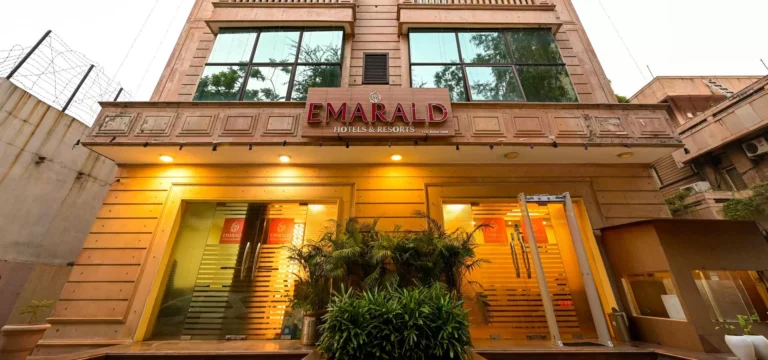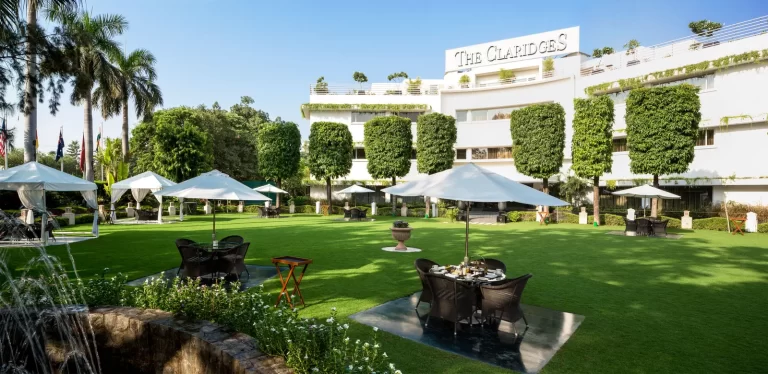Humayun’s Tomb, often considered the first of the great Mughal garden tombs, is one of Delhi’s most beautiful historical monuments and a magnificent memorial to the second Mughal emperor, Humayun. Constructed in the mid-16th century (around 1565-1572) by his Persian-born senior wife, Haji Begum, the tomb is thought to have inspired the design of the Taj Mahal, which it predates by approximately 60 years. It marks a significant step in Mughal architecture, marrying Persian and Mughal elements. The tomb follows strict rules of Islamic geometry, with an emphasis on the number eight, evident in its plan and the octagonal shape of the central chamber.
The arched façade is inlaid with bands of white marble and red sandstone, creating a striking visual contrast. Set within symmetrical gardens laid out in the charbagh style, the tomb appears to float serenely above its surroundings. The surrounding gardens also contain the tombs of other notable figures, including Humayun’s favourite barber and Haji Begum, as well as Jahanara (daughter of Shah Jahan).







